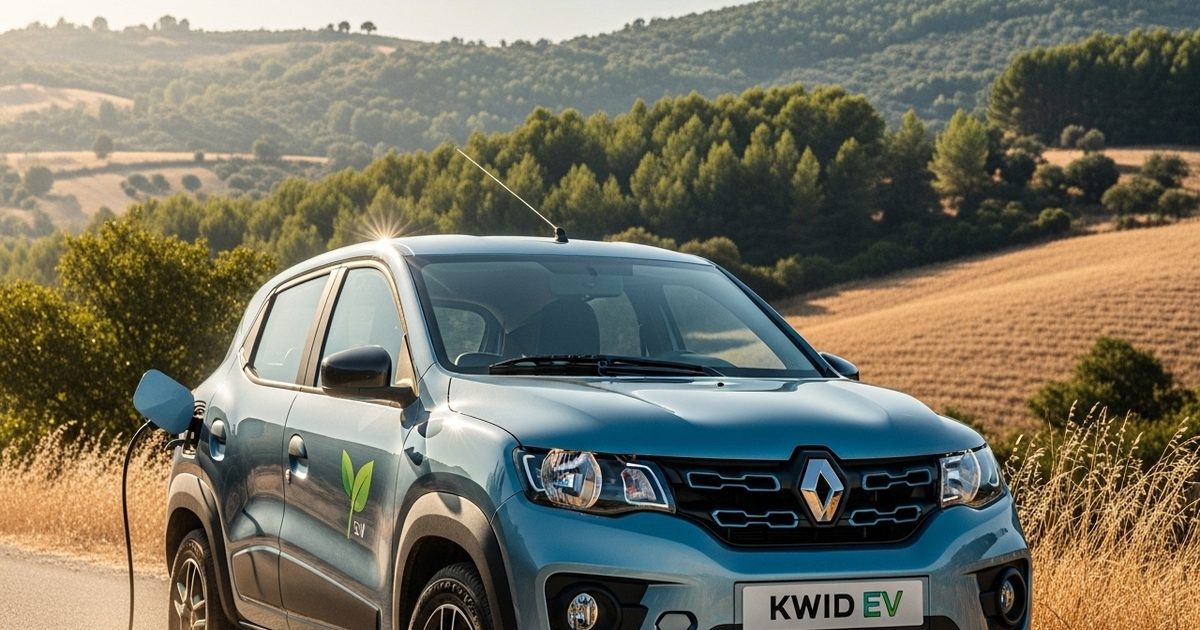2025 Renault Kwid EV , better styling
Talking about design, new Kwid EV completely new in front facia and more sharp Stance Is. In this closed grill, vertical slatsNew projector headlampsNew bumpers And bonnet Are included. new in this Y-shape Of LEDs tail lamps are also. design elements like 14-inch dual-tone alloy wheelsblack wheel arch Cladding, wing mirror mounted Indicatorsat the doors body-side molding And reverse lamps last generation Are taken from.
2025 Renault Kwid EV , Updated interior
interior 10.1-inch touchscreen infotainment system, wireless Android auto And Apple carplay7-inch digital instrument cluster New graphics with, two USB-C ports and new Duster like steering wheel Looks refreshing with.
2025 Renault Kwid EV , Security Features
standard Safety kit I am now 6 airbags, tire pressure monitoring system, abs, electronic Stability program, Isofix mounts, rear camera, shake start assist And seatbelt reminders Are included. The interesting thing is that the new Renault Kwid EV To selected markets In ADAS(autonomous driving Help System) will also be introduced. ADAS Suit lane in keeping assist, emergency breaking system, front And rear parking sensor, cruise control including many more Features Will be included.
2025 Renault Kwid EV , Same powertrain and range
mechanically, Updated Kwid EV No changes have been made. this small EV 26.8kWh lithium-ion Battery pack which comes with 65bhp power of generate those who do electric Is connected to the motor. it setup 250 per charge km Gives a claimed range of up to. Battery pack To DC Fast charger 20 through 80 percentage It takes 45 minutes to charge.




